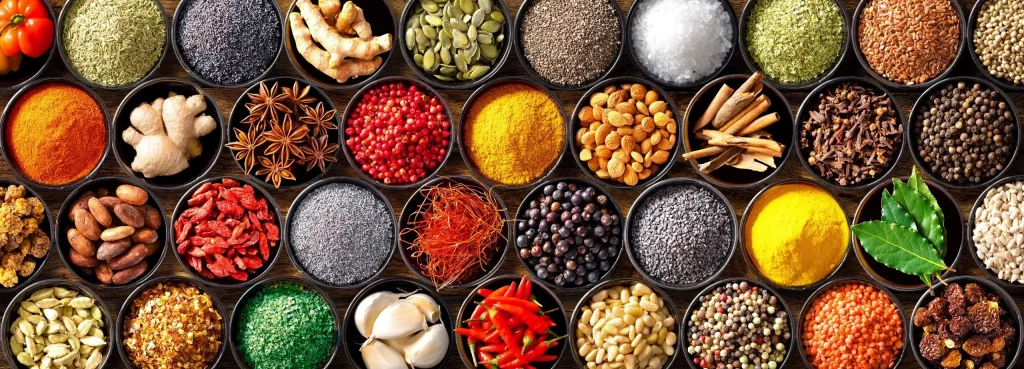Bread, in its many forms, has been a fundamental part of human diet for millennia. Its evolution is a mirror to the history of civilization itself, showcasing how a simple mixture of flour and water can tell a story of cultural adaptation, technological innovation, and culinary diversity. Let’s take a journey through the history of bread and discover how this basic sustenance has evolved and adapted across different cultures.
The Origins of Bread
The story of bread begins with the dawn of agriculture, around 10,000 BC, when our ancestors first learned to cultivate grains. The earliest breads were likely flat and unleavened, made from a simple paste of ground grain and water, cooked over a fire. The discovery of fermentation, possibly by accident, led to the development of leavened bread in ancient Egypt around 3000 BC. The Egyptians realized that allowing dough to rest led to fermentation, resulting in a lighter, airier bread.
Bread in Ancient Civilizations
In ancient times, bread was more than just a food item; it played a significant role in social and religious contexts. The Greeks and Romans refined the art of bread-making with the introduction of various grains, shapes, and flavors. Roman bakeries were sophisticated establishments, with specialized equipment and techniques. Bread was a staple in the Roman diet, and its distribution was even used as a way to control the masses.
Middle Ages to the Industrial Revolution
During the Middle Ages, bread-making continued to evolve. In Europe, the feudal system meant that most bread-making happened at a local level, with each manor having its own bakery. The type of bread one ate was a sign of social status: the wealthy ate fine, white bread, while the poor ate darker, coarser breads.
The Industrial Revolution brought significant changes to bread production. The invention of mechanical dough mixers and ovens allowed for mass production. The 19th century also saw the advent of sliced bread, which revolutionized the way people consumed and stored this staple food.
Bread in Different Cultures
Throughout the world, different cultures have developed their own unique types of bread. From the flatbreads of the Middle East, like pita and naan, to the sourdoughs of San Francisco, and the rye breads of Eastern Europe, each type of bread reflects its cultural and environmental influences. Ingredients, preparation methods, and consumption styles vary greatly, making bread a diverse and versatile food.
Modern Trends in Bread
Today, bread continues to evolve. There’s a growing interest in artisanal and sourdough breads, reflecting a shift towards valuing quality and tradition. At the same time, health concerns have led to innovations in gluten-free and low-carb breads. The current trends in bread-making represent a blend of tradition and modern dietary needs.
Conclusion
The evolution of bread is a testament to human ingenuity and adaptability. From its humble beginnings as a basic sustenance to its current status as a diverse and beloved food item, bread’s history is intertwined with that of civilization itself. As we break bread today, we partake in a tradition that spans thousands of years and countless cultures, each slice a reminder of our shared human heritage. 🍞🌾🔥🌍🥖🍕🥪🍞


